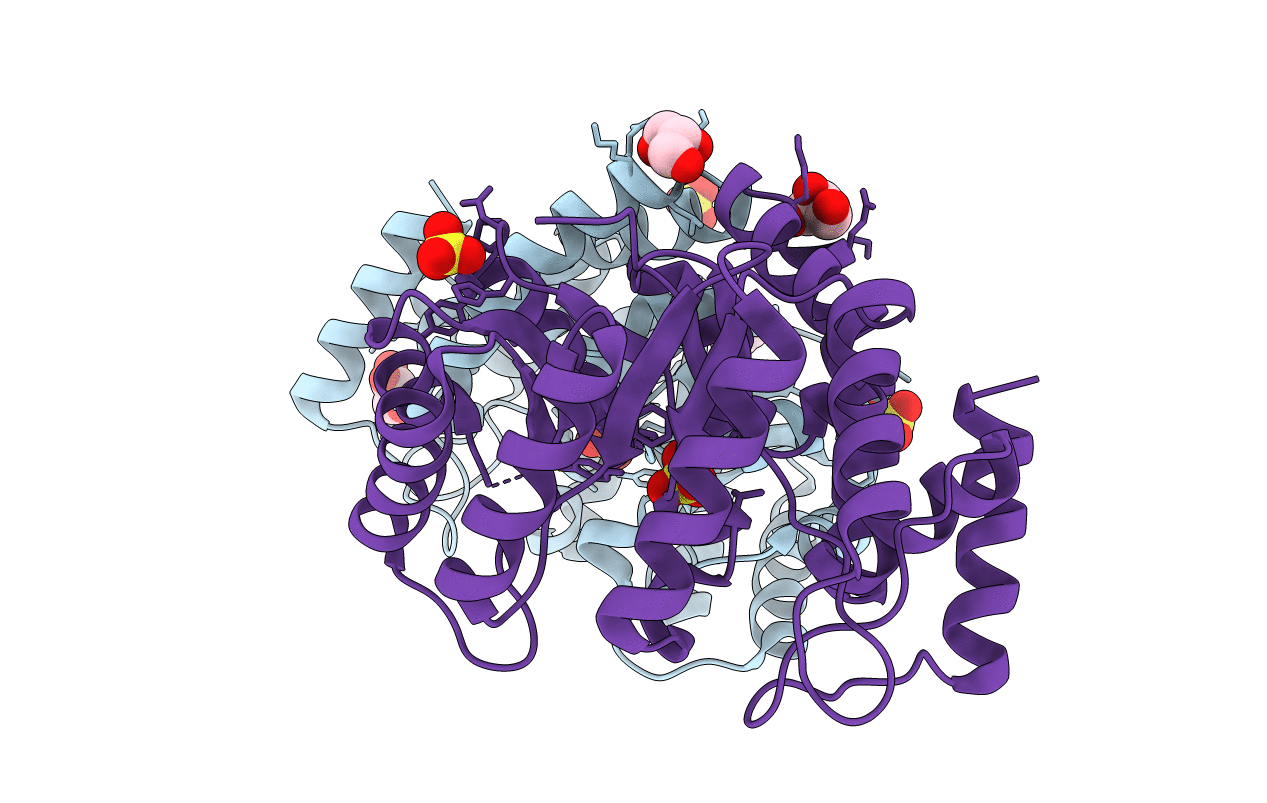
Deposition Date
2000-06-21
Release Date
2000-12-20
Last Version Date
2024-02-07
Entry Detail
PDB ID:
1F6K
Keywords:
Title:
CRYSTAL STRUCTURE ANALYSIS OF N-ACETYLNEURAMINATE LYASE FROM HAEMOPHILUS INFLUENZAE: CRYSTAL FORM II
Biological Source:
Source Organism:
Haemophilus influenzae (Taxon ID: 727)
Host Organism:
Method Details:
Experimental Method:
Resolution:
1.60 Å
R-Value Free:
0.22
R-Value Work:
0.18
Space Group:
P 21 21 2


